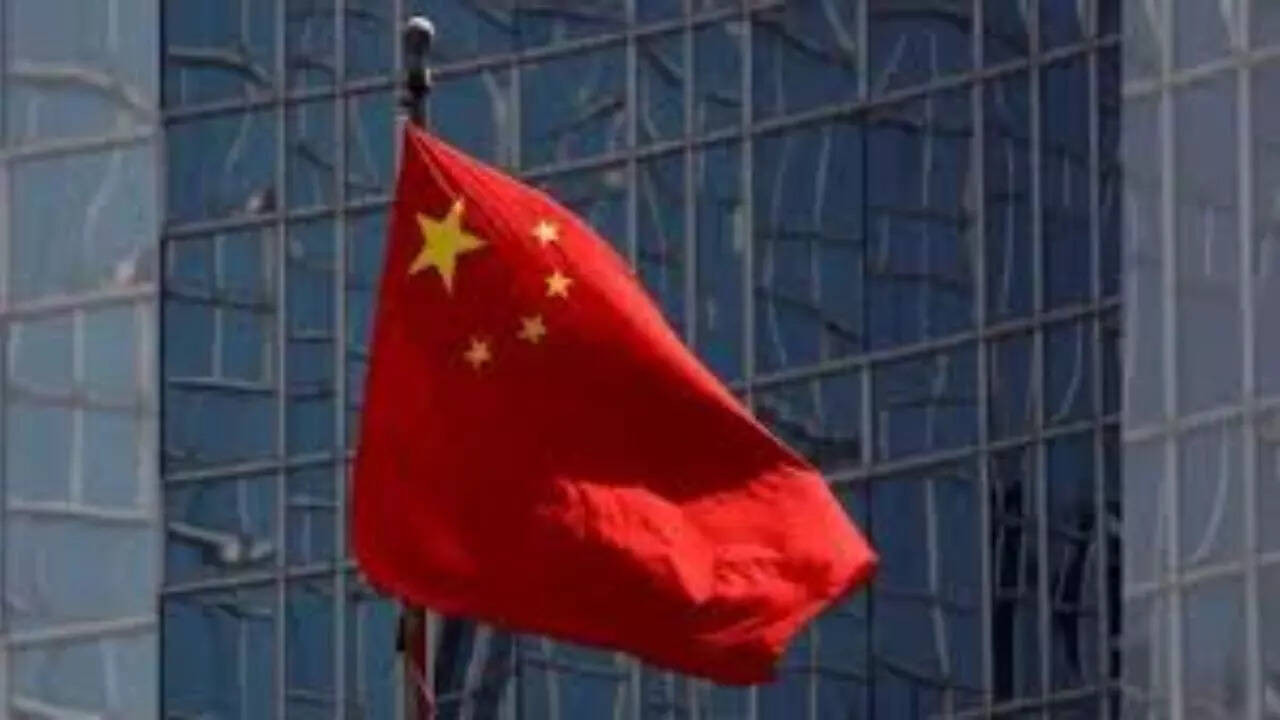Decoding China’s Economic Pulse: What July’s Data Reveals
China’s economic narrative is always complex, a high-stakes drama watched closely by the rest of the world. The latest data drop for July offers a mixed bag, painting a picture of relative stability in consumer prices, yet hinting at underlying pressures that demand closer inspection. Forget explosive headlines – let’s delve into the nuances and see what this data really tells us.
While consumer prices have remained relatively stable, hovering near where they were last month, the whispers of deflation persist. What does this mean for the average person? Essentially, it suggests that demand within China isn’t as robust as policymakers would like. People are holding onto their money, anticipating potential price drops in the future, which further dampens spending. This creates a self-fulfilling cycle, a challenge any economy wants to avoid.

The Producer Price Index (PPI), which measures the prices factories charge wholesalers, also reveals crucial insights. It has been negative for several months, signaling that manufacturers are struggling to raise prices due to overcapacity or weak demand. This impacts profitability, investment decisions, and, ultimately, the overall health of the industrial sector, a cornerstone of the Chinese economy.
China’s Consumer Prices and the Global Trade Landscape
Adding another layer of complexity is the impending expiry of the trade truce with the United States. The initial agreement brought a temporary respite from escalating tariffs and trade tensions, but its future is uncertain. Any renegotiation or reversion to previous tariff levels could significantly impact China’s export sector, adding further pressure to both consumer and producer prices. This is not just an internal issue; the ripples will be felt across global supply chains.
Navigating these challenges requires a delicate balancing act from Chinese policymakers. Stimulating domestic demand is paramount. We’ve seen initiatives aimed at boosting consumer spending, such as subsidies for electric vehicles and incentives for purchasing home appliances. The effectiveness of these measures remains to be seen, but they represent a proactive effort to reignite economic momentum.
Furthermore, strategic adjustments to monetary policy could play a vital role. Lowering interest rates, for instance, could encourage borrowing and investment, injecting much-needed liquidity into the economy. However, this carries risks, including the potential for increased debt levels and asset bubbles. It’s a high-wire act requiring careful calibration.
Beyond the Numbers: Understanding the Underlying Trends
Looking beyond the immediate figures, several underlying trends are shaping China’s economic landscape. The country is undergoing a significant structural shift, moving away from a reliance on export-led growth towards a more domestically driven model. This transition is inherently challenging, requiring significant investment in innovation, technology, and services.
The real estate sector, a traditional engine of growth, is also facing headwinds. Increased regulations and concerns about affordability are impacting property sales and investment. Finding alternative drivers of growth will be crucial in the years ahead. Diversifying economic activity and fostering entrepreneurship will be paramount.
For businesses operating in or trading with China, this data presents a valuable opportunity for strategic planning. Understanding the dynamics influencing China’s consumer prices and production costs can inform pricing strategies, supply chain management, and investment decisions. Remaining agile and adapting to the evolving economic landscape is key to success. Consider exploring resources on navigating international trade regulations to better prepare for any potential shifts.
The Path Forward
China’s economic journey is never a straight line. July’s data offers a snapshot of a complex situation, characterized by relative price stability alongside underlying pressures. The expiration of the US trade truce adds another layer of uncertainty. Successfully navigating these challenges will require a multifaceted approach, combining proactive policy measures with strategic adjustments to the economic structure. The global community will be watching closely to see how this economic giant adapts and evolves.







